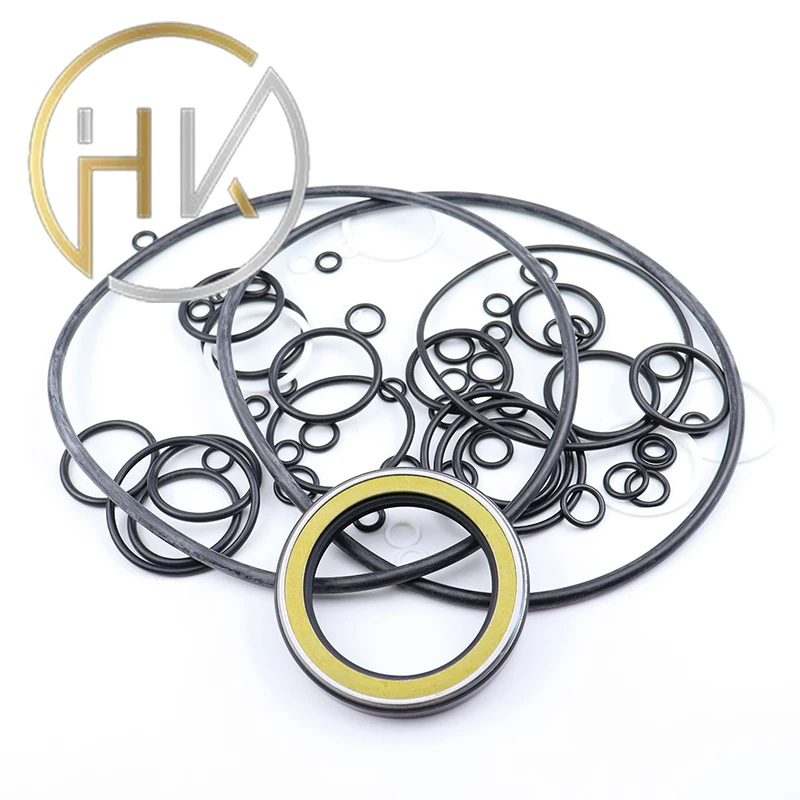Aug . 18, 2024 05:27 Back to list
Understanding the Importance of Rear Hub Seals in Vehicle Maintenance and Performance
Understanding Rear Hub Seals Importance and Maintenance
The rear hub seal is a crucial component in vehicles, particularly in those with a driven axle, such as trucks, SUVs, and many modern cars. Tasked with preventing the ingress of dirt, water, and other contaminants, these seals play a vital role in the effective operation of the wheel assembly and the longevity of the drivetrain components. Understanding the function and maintenance of rear hub seals can help vehicle owners avoid costly repairs and ensure optimal performance.
What is a Rear Hub Seal?
A rear hub seal is typically made from durable materials such as rubber or synthetic substances designed to withstand extreme temperatures and pressure. Located at the intersection of the wheel hub and the axle, it serves as a barrier to keep lubricants within the hub assembly while blocking external contaminants. This is critical because any dirt or moisture that enters the hub can lead to severe damage, increased wear, and premature failure of bearings and other components.
Importance of Rear Hub Seals
1. Preventing Contamination The primary function of a rear hub seal is to prevent dust, dirt, and moisture from entering the wheel assembly. This contamination can lead to a variety of issues, including rust, corrosion, and the degradation of lubricants, which can adversely affect the health of the entire hub assembly.
2. Maintaining Lubrication Proper lubrication is essential for the smooth operation of the wheel bearings within the hub. A well-functioning rear hub seal ensures that the grease or oil remains contained within, preventing leaks and maintaining the necessary lubrication levels.
3. Enhancing Longevity By mitigating the risk of contamination and ensuring adequate lubrication, rear hub seals help extend the lifespan of wheel bearings and other drivetrain components. This can lead to better performance, enhanced fuel efficiency, and lower maintenance costs over the vehicle's lifespan.
Common Issues and Signs of Wear
Though rear hub seals are designed to last, they can wear over time due to various factors such as heat, friction, or environmental conditions. Common signs that a hub seal may be failing include
- Grease Leakage One of the most noticeable signs of a failing rear hub seal is the presence of grease or oil leaking from the hub assembly. This can often be seen on the inside of the wheel or along the axle.
rear hub seal

- Unusual Noises If the seals are damaged and lubricant escapes, the wheel bearings may not receive adequate lubrication. This can lead to grinding, whining, or clunking noises during driving.
- Contaminated Lubricant If you notice that the lubricant within the hub is contaminated with dirt or water, it's a clear indicator that the seal has failed and is letting foreign particles in.
Maintenance and Replacement
To maintain the effectiveness of rear hub seals, regular inspections are essential. Vehicle owners should
- Check for Leaks Regularly inspect the wheels and surrounding areas for any signs of lubricant leakage.
- Listen for Unusual Noises Pay attention to any changes in sound while driving, especially during turns.
- Consult a Professional If any warning signs are present, it’s advisable to consult a mechanic. They can diagnose the problem and recommend replacement if necessary.
Replacing worn or damaged rear hub seals promptly can prevent further damage to wheel bearings and other related components. Regular maintenance not only enhances vehicle safety but also contributes to better overall performance.
Conclusion
Rear hub seals may be small and often overlooked, but their significance in ensuring effective vehicle operation cannot be understated. By understanding their role, recognizing the signs of wear, and committing to regular maintenance, vehicle owners can protect their investments and enjoy a trouble-free driving experience.
-
TCN Oil Seal Metal Ring Reinforcement for Heavy Machinery
NewsJul.25,2025
-
Rotary Lip Seal Spring-Loaded Design for High-Speed Applications
NewsJul.25,2025
-
Hydraulic Cylinder Seals Polyurethane Material for High-Impact Jobs
NewsJul.25,2025
-
High Pressure Oil Seal Polyurethane Coating Wear Resistance
NewsJul.25,2025
-
Dust Proof Seal Double Lip Design for Construction Equipment
NewsJul.25,2025
-
Hub Seal Polyurethane Wear Resistance in Agricultural Vehicles
NewsJul.25,2025
-
The Trans-formative Journey of Wheel Hub Oil Seals
NewsJun.06,2025
Products categories
















